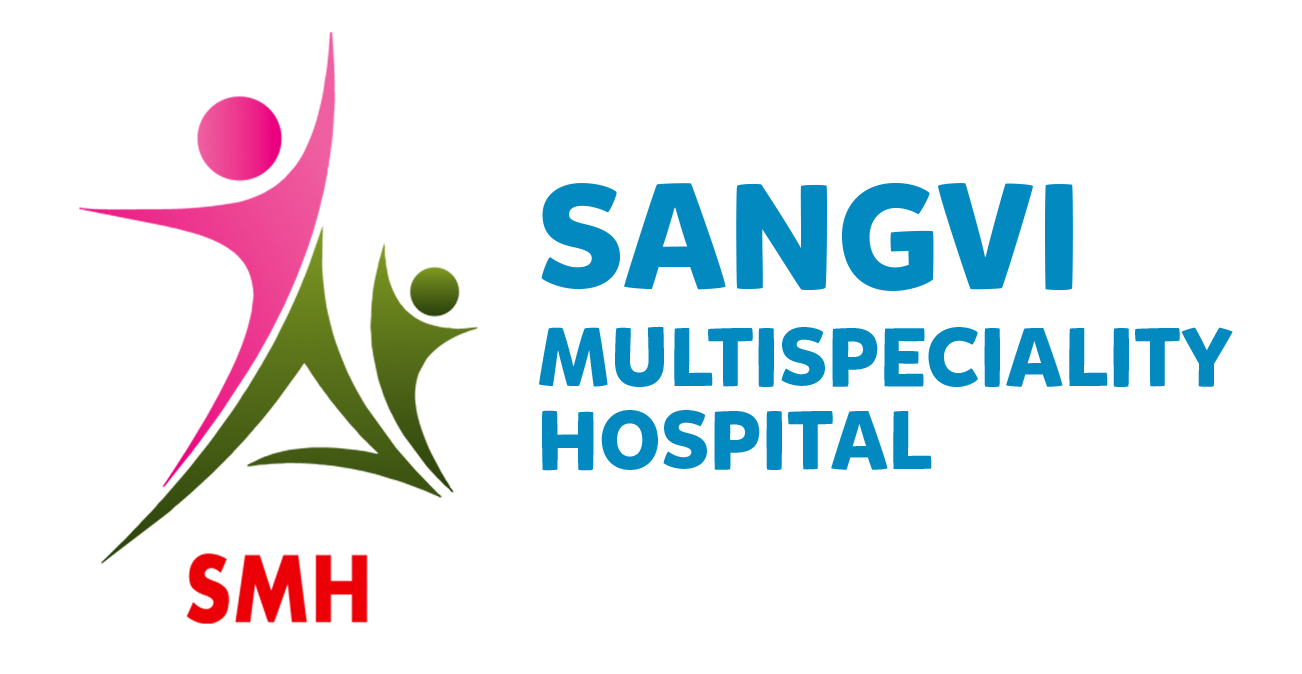The Role of Technology in Multispecialty Hospitals:
Advancements and Challenges Technology has played a significant role in healthcare, particularly in multispecialty hospitals. With the advent of new technologies, hospitals have been able to provide better care to patients and improve their overall experience. However, implementing new technologies in a hospital setting can present its own set of challenges. In this blog post, we will discuss the role of technology in multispecialty hospitals, its advancements, and the challenges it poses.
The Role of Technology in Multispecialty Hospitals Multispecialty hospitals provide comprehensive medical care to patients with various illnesses and medical conditions. These hospitals offer a range of medical services, including diagnostic tests, surgeries, and rehabilitation. Technology has greatly enhanced the quality of medical care in these hospitals, making it easier to diagnose and treat patients. One of the most significant contributions of technology to multispecialty hospitals is electronic health records (EHRs). EHRs have revolutionized patient care by providing doctors with a complete picture of a patient’s medical history. This information can be accessed by healthcare professionals across different specialties, which can aid in the coordination of care. Another major advancement in technology is telemedicine. Telemedicine allows doctors to diagnose and treat patients remotely, which can be particularly useful in remote areas or during emergencies. Telemedicine has also become more prevalent during the COVID-19 pandemic, as it allows patients to receive medical care without having to visit a hospital or clinic.
Advancements in Technology in Multispecialty Hospitals
There have been several advancements in technology that have improved the quality of medical care in multispecialty hospitals.
Some of these advancements include:
1. Artificial intelligence (AI): AI is being used in medical diagnosis and treatment, making it easier for doctors to identify and treat diseases.
2. Robotics: Robotic technology has been used in surgeries to provide greater precision and accuracy, resulting in less invasive procedures and faster recovery times.
3. Wearable technology: Wearable technology, such as smartwatches, can monitor patients’ vital signs, allowing doctors to identify potential health issues before they become serious. Challenges in Implementing Technology in Multispecialty Hospitals Despite the many benefits of technology, implementing it in a hospital setting can pose challenges.
Some of these challenges include:
1. Cost: Implementing new technology can be expensive, and hospitals may not have the funds to invest in it.
2. Training: Healthcare professionals may require training to use new technology effectively, which can be time-consuming and costly.
3. Security: Patient data must be protected when using technology, which requires robust security measures to prevent data breaches. Conclusion Technology has greatly enhanced the quality of medical care in multispecialty hospitals. From electronic health records to telemedicine and wearable technology, new advancements in technology have made it easier for doctors to diagnose and treat patients. However, implementing new technology in a hospital setting can present its own set of challenges, such as cost, training, and security. Overall, the benefits of technology in multispecialty hospitals outweigh the challenges, and hospitals should continue to invest in new technologies to improve patient care.

